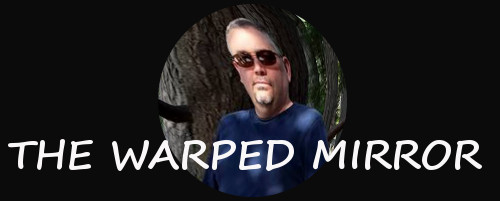Now that my masters studies are behind me I can turn my thoughts to a question that has been plaguing me for some time.
What interests me as an artist? What is it that inspires me to paint?
As I reflect on my own sketches, paintings and photographs, there are some that I like and many I would rather shred, paint over or otherwise delete. I am also drawn to some other artist’s work, but find other works hold fleeting interest.
I do enjoy dramatic landscapes, subtle landscapes, for that mater almost any landscape, but my attention is only held by a few. There is something about those few that keep me coming back to look at them, something that stirs something within. It is that special something that makes one painting rise above the rest.
The same is true of figurative or life work — paintings with people as the dominant subject. Some are romantic, some may even stir a more sensual response, some are stunningly well done (I am certainly not talking about mine in that context). Other life works are informative, perhaps a historical rendering. Like landscapes, only a few capture my attention and keep me coming back.
There was I time when I thought composition was the key. No doubt it is very important. A poorly composed picture lacks visual interest. That is true of geometric composition, values and colors. These are foundational. If these building blocks are not working, the painting will not hold my attention. That said, I have seen some wonderfully composed paintings that just do not ‘do it’ for me.
So I move onto a second answer that keeps coming to mind — “story.” Paintings that lack “story” can be magnificent realistic representations of creation’s grandeur to abstract pieces with no discernable point. Unfortunately I find many still life works to be like this too, well done but static. The exceptions are delightful, but it takes more than pretty flowers to hold my interest. I know some (many?) of my own work easily fits into this storey-less category.
If there is one human sociological thread, it is story. We all have them. They define who we are, where we came from, why we do what we do, who we look like, how we dress, what we eat, where we sleep…you get the picture. Even when we talk about pedestrian things like the weather, we drift toward telling stories. “Remember the late snow we had in May this year?” “I remember back when I was kid…”
When a painting tells a story, suggestively, subtly or even abstractly, it draws me in. There is something human about it. It’s like over hearing a piece of a conversation as you walk down the street and wonder what the rest of the story is. Our minds are quite happy to fill in the details even if preposterously inaccurate.
On the other hand, in some art the story is too overt and over powering. The “story” is so in your face that there is nothing more to discover, the viewing experience is self terminating. Such pieces are little more than a stop sign on the imagination highway. No interpretation is needed. These can be technically wonderful executed works of art, but there is an element missing.
As I look at works of masters and amateurs alike, there is a common thread that draw me in and holds me. It is more than composition or story alone. There is an engagement, a conversation. When the story is suggested, but not all told, when questions are asked but not fully answered, when the viewer is drawn onto the scene and compelled to participate in the story each time they look at the painting, that is when it rises above the prolific common.
Perhaps we can call this the Mona Lisa effect. In some ways it is an uninteresting painting, little more than a simple portrait, a “snap shot” from an age before cameras…except for that smile. What was she thinking? I wonder if da Vinci knew we would still be trying to figure that out 500 years later.
Of course not many paintings rise to this lofty level. As much as I desire to attain some sense of the Mona Lisa effect in my own work, only a few of my paintings have even approached the foot hills, let alone begun to climb to such lofty heights. Yet this dialog between artist and viewer, this engaging story telling is the muse that keeps me going back to my easel.
…to be continued
—
PS – There is a profound parallel to how we communicate verbally. Do we respond to questions in ways that terminate conversations or do we open a door to meaningful dialog? I suspect that there is a degree of laziness in all of us that wants simple answers that keep us from having to engage.
